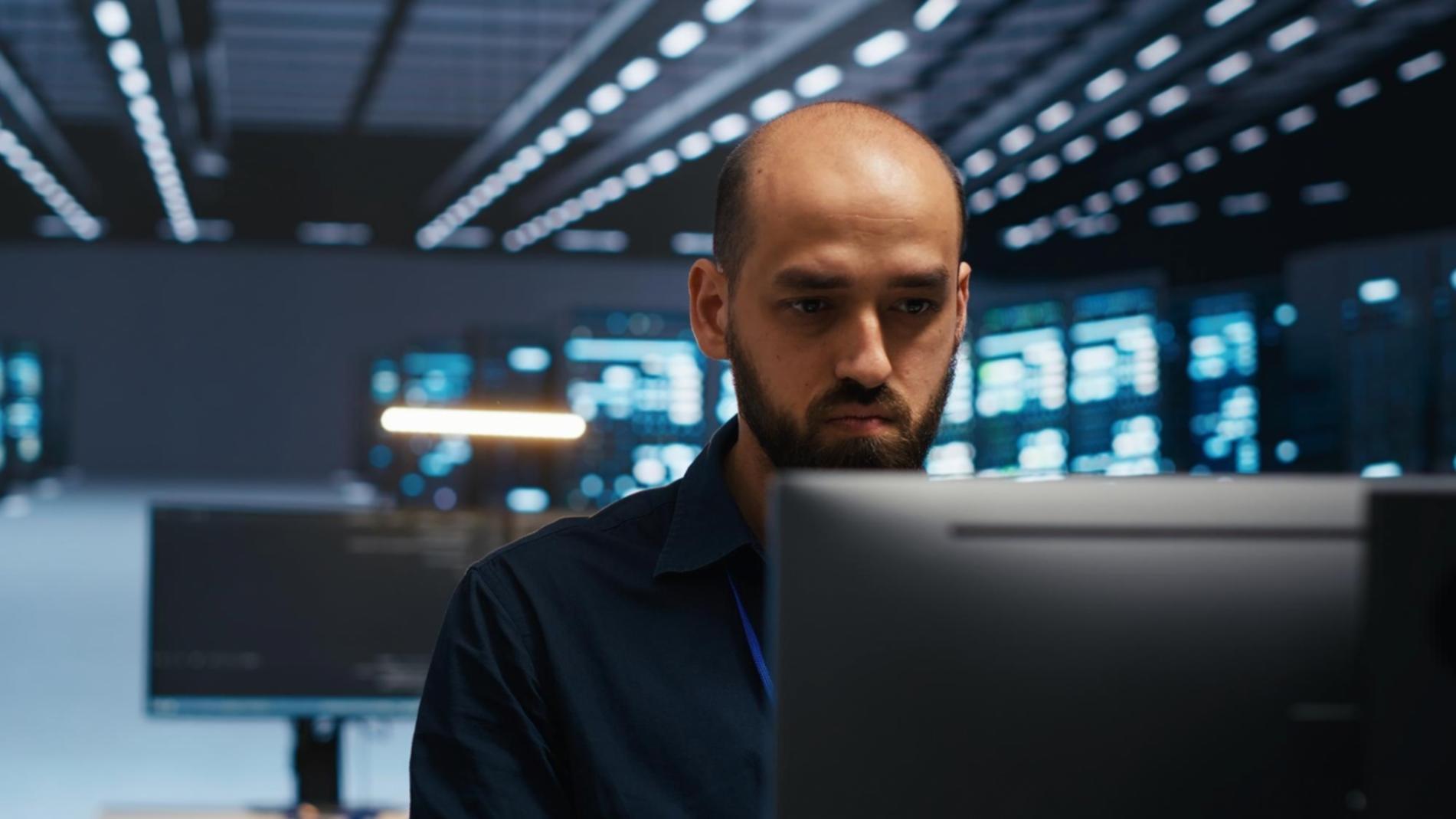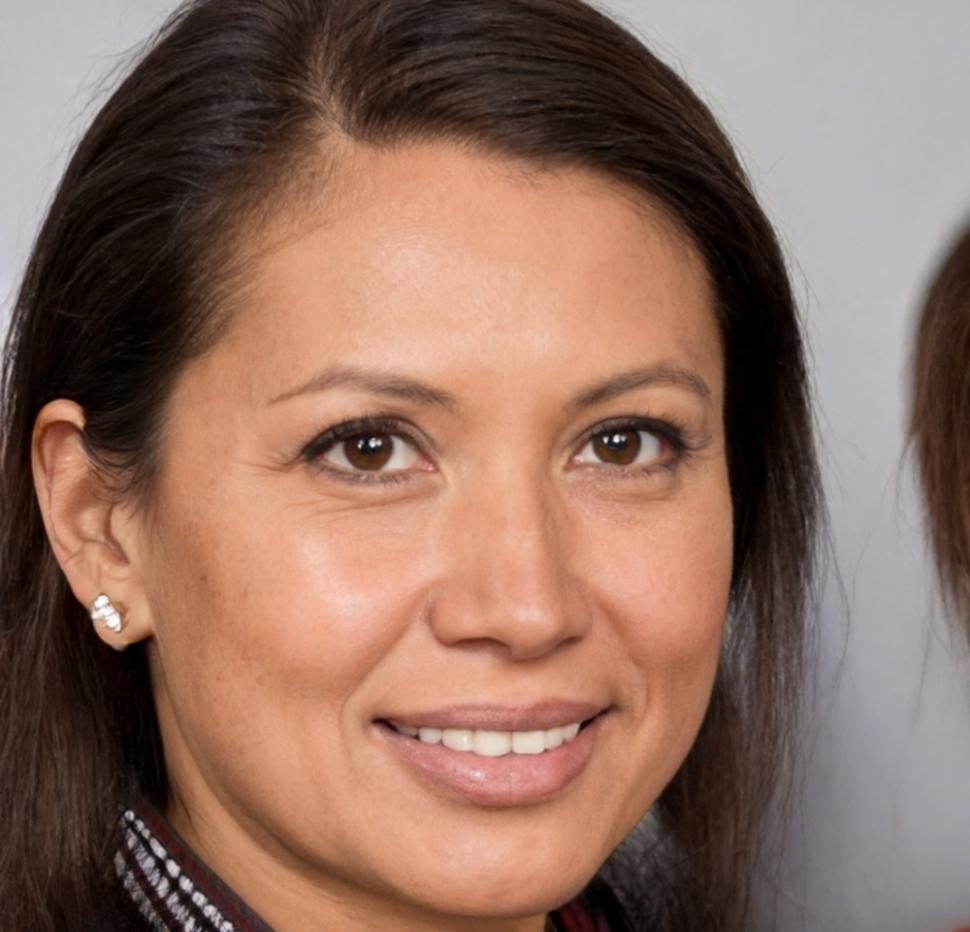Game-Ready 3D Modeling Program
Learn practical polygon modeling, texturing, and asset optimization from professionals who've shipped games. Our program runs twice yearly with hands-on projects that mirror real studio workflows.
Questions We Answer Along the Way
Most people wonder about the same things at each stage. Here's what we address before, during, and after the program.
Deciding If This Fits
You're probably trying to figure out if game modeling is actually for you. Fair question.
- Do I need previous 3D experience to join
- What software will I actually learn
- How much time should I budget weekly
- Can I work full-time while studying
- What computer specs do I really need
Getting Your Bearings
The fundamentals can feel overwhelming at first. We break them down into manageable chunks.
- How do I stop making messy topology
- When should I use subdivision modeling
- What's the difference between hard surface and organic
- How detailed should my first models be
- Am I falling behind if I need more time
Building Real Assets
This is where things click. You're making stuff that could actually go in a game.
- How do I optimize without losing detail
- What poly count is appropriate for what
- How should I approach UV unwrapping efficiently
- When do I bake normal maps versus model detail
- How do studios handle LOD creation
Portfolio Development
You'll create three major pieces while learning how studios actually review portfolios.
- What makes a portfolio piece hireable
- Should I focus on one style or show variety
- How many pieces do I actually need
- What format should I present my work in
- Do I need a personal website right away
Finding Opportunities
The program ends but we stay in touch. Many students have questions months later.
- Where do I find junior 3D artist positions
- Should I do freelance work first
- How do I price my services if freelancing
- What should my job application look like
- Can I reach out for portfolio feedback later
Staying Connected
Our alumni community keeps growing. People help each other with projects and share job leads.
- Do you offer refresher sessions on new tools
- Can I audit advanced topics later
- Is there a community space for graduates
- How do I stay current with industry changes
- Can I come back for career advice
How We Teach Practical Skills
Each week follows a consistent pattern. We show you a technique, you practice it, then you apply it to a project that builds on what you've learned.
Live Demonstration Sessions
Every Tuesday evening we walk through new techniques in real-time. You see the whole process including mistakes and how to fix them. Sessions are recorded if you can't attend live.
Guided Practice Exercises
Wednesday through Friday you work on specific exercises that isolate one skill at a time. These aren't full projects yet—just focused practice on edge flow, UV layouts, or texture application.
Weekly Project Application
Over the weekend you combine everything into a small deliverable asset. This might be a game-ready prop, a character accessory, or an environment piece. You submit it Sunday night.
Individual Feedback Review
Monday we review submissions one-on-one. You get specific notes on topology, optimization, and presentation. We also discuss how your piece compares to industry standards.
Revision and Refinement
You're encouraged to revisit earlier work as you learn new techniques. Many students go back and improve their week 3 models once they understand materials better in week 10.

Upcoming Program Dates
We run two cohorts per year with limited enrollment. Applications open three months before each start date.
Who Teaches This Program

Worked on three shipped AA titles. Teaches hard surface modeling and optimization techniques. Previously at Ubisoft Sofia.

Specializes in organic modeling and character accessories. Freelanced for indie studios across Europe for seven years.

Handles texturing and material workflows. Focuses on PBR pipelines and real-time rendering. Worked on mobile and PC titles.
Common Questions About the Program
These come up in almost every conversation we have with prospective students.
What if I've never opened 3D software before?
That's fine. About half our students start with zero experience. We spend the first three weeks on software fundamentals and basic modeling concepts. You'll need to put in practice time, but previous experience isn't required.
Can I really manage this alongside a full-time job?
Most of our students work full-time. Live sessions are Tuesday evenings, and you'll need about 10-15 hours per week for practice and projects. It's manageable if you're organized, but it does require consistent time commitment.
What happens if I fall behind on assignments?
Life happens. We get it. You can catch up the following week, and all sessions are recorded. If you miss more than two weeks in a row, we'll have a conversation about whether continuing makes sense or if you should join the next cohort.
Will this guarantee me a job in game development?
No, and anyone who promises that is lying. What we provide is solid training, portfolio guidance, and introduction to industry practices. The rest depends on your work quality, local job market, and how you present yourself. We can't control those factors.
Do I need expensive software licenses?
We primarily use Blender, which is free. For texturing we teach Substance Painter—there's a 30-day trial, and they offer educational pricing. You'll need a decent computer, but you don't need to buy pricey software to complete the program.
Is there a payment plan option available?
Yes. We offer a three-installment plan—one payment at enrollment, one at week 8, and one at week 16. Contact us directly to discuss this option when you apply.
Ready to Start Learning?
If you're considering the Autumn 2025 cohort, reach out now. We're happy to answer specific questions about your situation and whether this program makes sense for you.
Get in Touch